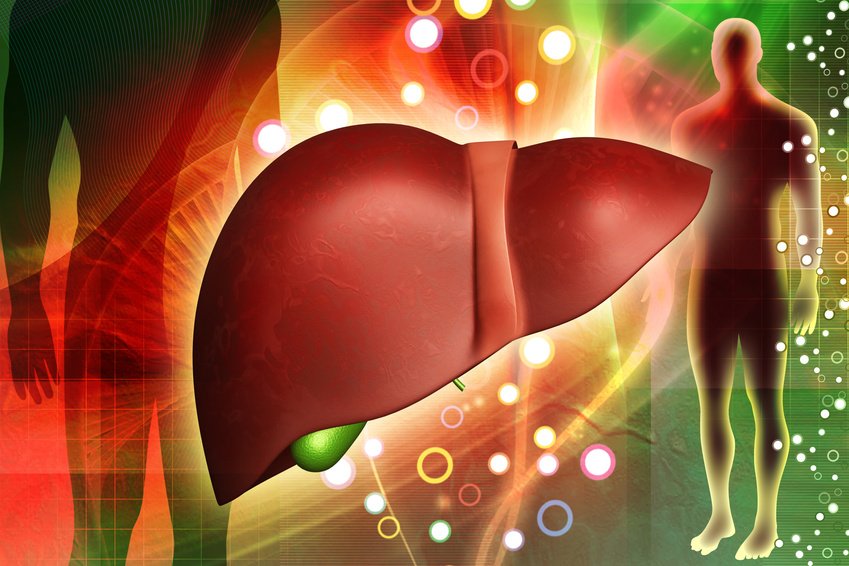Diverse drug pipeline could transform liver cancer treatment
April 13, 2015 | Monday | Features | By BioSpectrum Bureau
Diverse drug pipeline could transform liver cancer treatment
(Photo Courtesy: www.drugdiscovery.com)
The company's latest report states that the liver cancer pipeline contains a large amount of first-in-class innovation, contrasting heavily to the market landscape, which has shown little in the way of therapeutic innovation in recent years, with the exception of Nexavar (sorafenib).
While liver cancer is the sixth most common cancer worldwide, its poor prognosis makes it the second leading cause of cancer death.
Rising prevalence in developed economies and the success of targeted oncology therapies are factors driving interest in drug development.
Mr Joshua Libberton, analyst, GBI Research, says: "The liver cancer treatment market is highly segmented in terms of its needs, as early-stage patients have access to curative therapies, such as surgical resection, and have a relatively strong outlook.
"However, for patients diagnosed in later stages, who represent the majority of the patient population, treatment is limited to chemotherapy, which does not provide an appreciable benefit to Overall Survival (OS), and the targeted therapy Nexavar, which does offer a limited OS benefit."
Compared to the 62 currently marketed therapies, there are 218 products in active development in the liver cancer pipeline, 76 of which are acting on 61 first-in-class targets.
This represents a remarkable 49 percent of the pipeline with a disclosed molecular target, somewhat higher than the 43 percent first-in-class average across the entire oncology pipeline, according to GBI Research.
Mr Libberton continues: "The early stages of clinical development are host to the majority of first-in-class products, although there is a significant degree of first-in-class development in the later stages, particularly in the signal transduction target family.
"With each major target family showing at least some degree of first-in-class development, the future liver cancer treatment market has a high likelihood of gaining an array of new therapy types and targets, broadening the scope of potential benefits for patients. This trend will lead to the approval of more targeted therapies over the coming decade."










